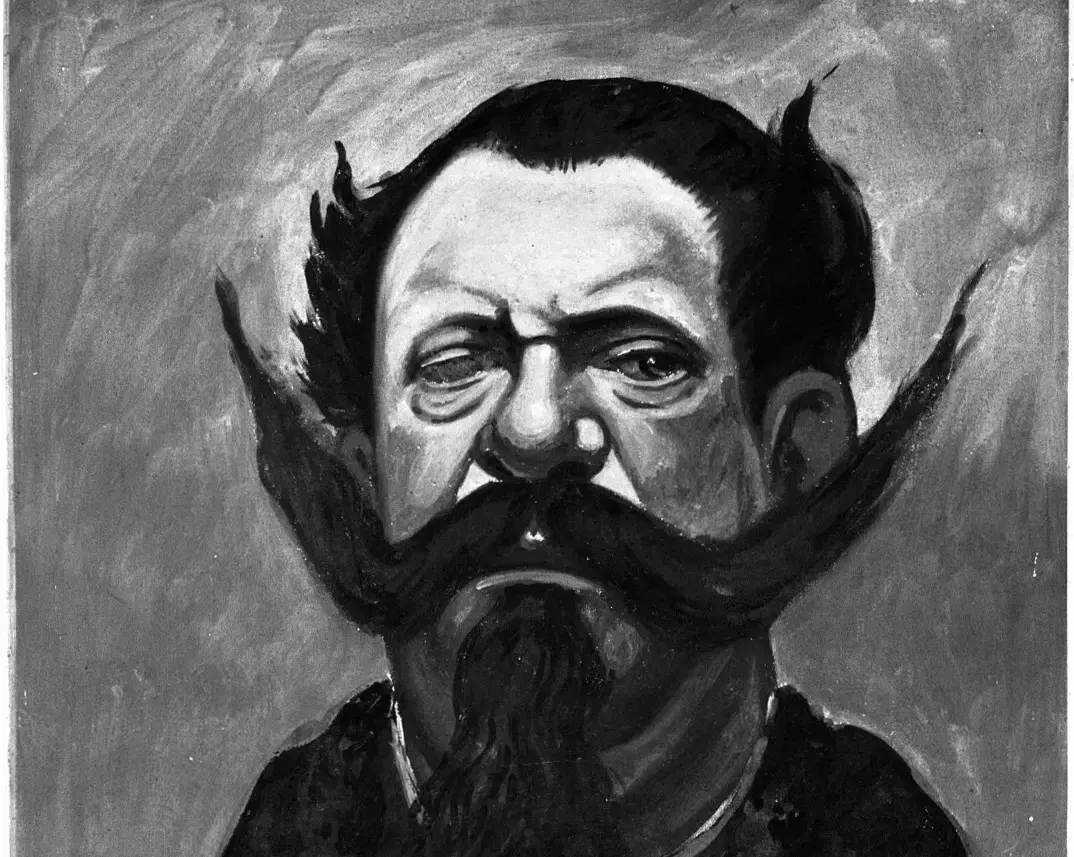Ciao, sweet readers! 💕 Rome is a city where every step echoes with history, and sometimes, it’s the names you keep hearing, etched in marble, carved into monuments, whispered in piazzas, that pull you into the most unexpected stories. One name that kept following me was Victor Emmanuel II.
I first noticed it inside the Pantheon, engraved solemnly beneath a royal crest. Then I saw it again, soaring high above the city atop the majestic Altare della Patria, Rome’s grandest monument. That’s when I realized… this wasn’t just a king. This was the king, the first monarch of a united Italy, lovingly known as “Padre della Patria” or Father of the Fatherland. So today, I’m diving into the story of Victor Emmanuel II and the unforgettable places in Rome where his legacy lives on.
👑 Who Was Victor Emmanuel II?
Victor Emmanuel II (Vittorio Emanuele II in Italian) was the first king of unified Italy, reigning from 1861 until 1878. Before that, he was King of Sardinia-Piedmont, and with the help of legendary figures like Giuseppe Garibaldi and Count Cavour, he played a central role in the Risorgimento, the movement to unite Italy’s fragmented states into one sovereign nation.
He was brave, unyielding, and remarkably progressive for his time. His decision to support constitutional monarchy, civil liberties, and Italian unification cemented his role as a national hero. To this day, his name is commemorated in piazzas, streets, and grand monuments across the country, but nowhere more so than in Rome.
🏛 The Monument: Altare della Patria (Il Vittoriano)
If you’ve been to Piazza Venezia, you’ve likely stood in awe of the towering, brilliant-white marble building that seems to gleam under the Roman sun. That’s Il Vittoriano, officially called the Monumento Nazionale a Vittorio Emanuele II, but more casually known as the Altare della Patria (Altar of the Fatherland). It was built to honor Victor Emmanuel II and symbolize a newly unified Italy. Construction began in 1885, and the monument was completed in 1935, long after his death.

The view from the top is breathtaking. On one side, the Colosseum rises in the distance; on the other, the Tiber River glints through the domes and spires. Time your visit around golden hour for a truly magical experience.
🕯️ The Resting Place: His Tomb in the Pantheon
Many visitors don’t realize that Victor Emmanuel II is buried inside the Pantheon, just steps away from the tomb of the artist Raphael. As you enter this majestic, ancient temple, you’ll find his tomb along the wall with the inscription: “Vittorio Emanuele II, Padre della Patria”. He was laid to rest there in 1878, making him the first modern monarch to be buried in the Pantheon. Later, his son King Umberto I and daughter-in-law Queen Margherita of Savoy were also entombed nearby. (Yes, that’s Margherita, as in pizza Margherita, named in her honor!)

Standing before his tomb, I felt the weight of Italian history in the silence. The Pantheon, once a temple to Roman gods, had now become a shrine to one of modern Italy’s founding fathers. It was a moment of reverence I didn’t expect, but one I’ll always remember.
Final Thoughts
Victor Emmanuel II was more than just a monarch, he was a symbol of hope, unity, and national pride. Whether you’re gazing up at the shining marble of the II Vittoriano or pausing quietly before his tomb in the Pantheon, you can feel the profound impact he had on the soul of Italy. His story is one of vision, courage, and legacy, and Rome tells it beautifully in every stone and inscription.
So next time you’re wandering the Eternal City, let your steps take you not just to the ancient emperors, but to the modern unifier, the man who made Italy whole.
xoxo,
Bubbly 💕

